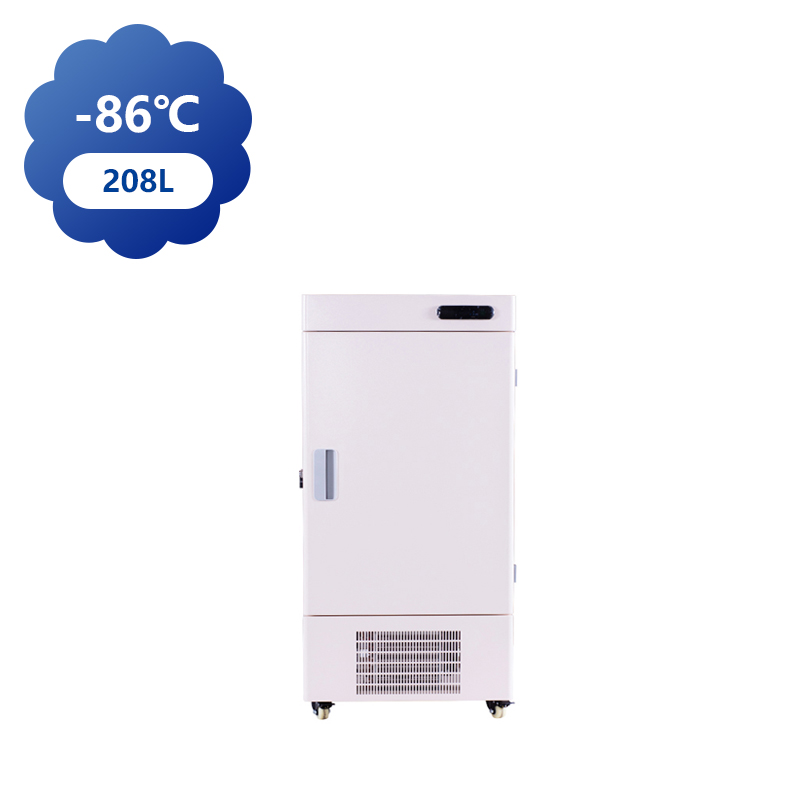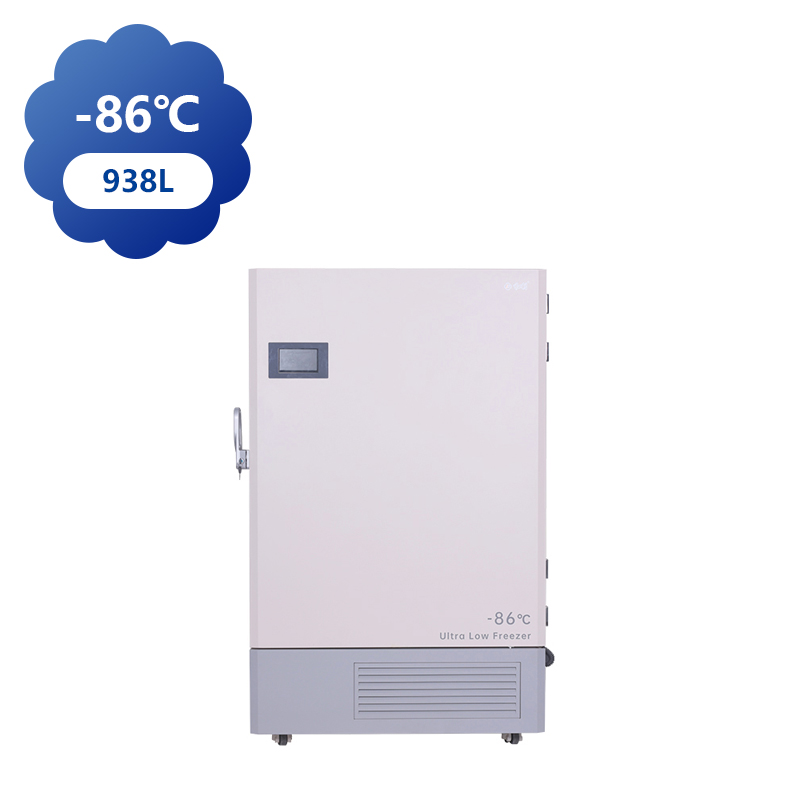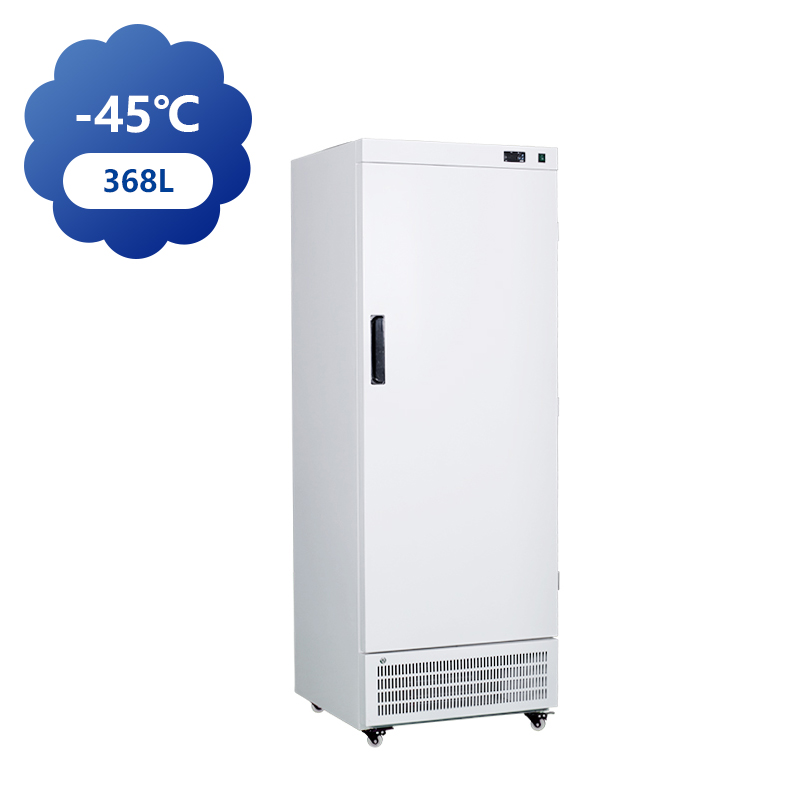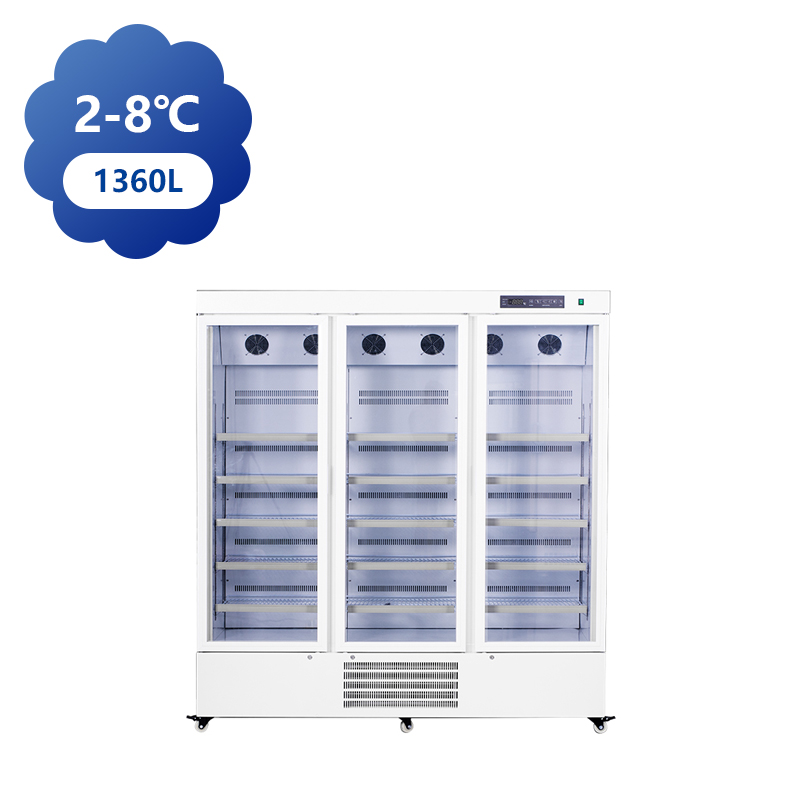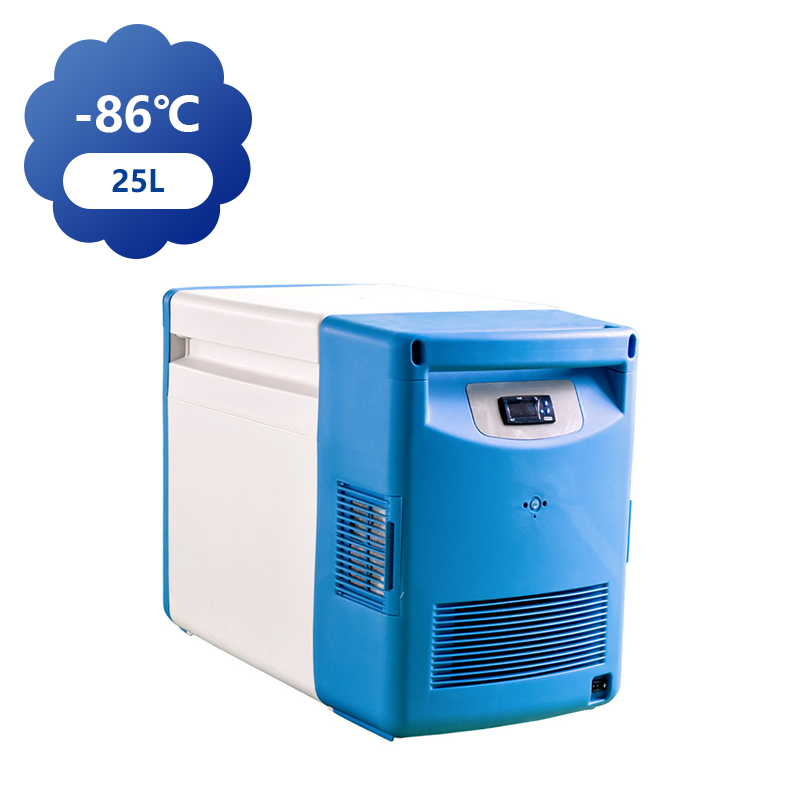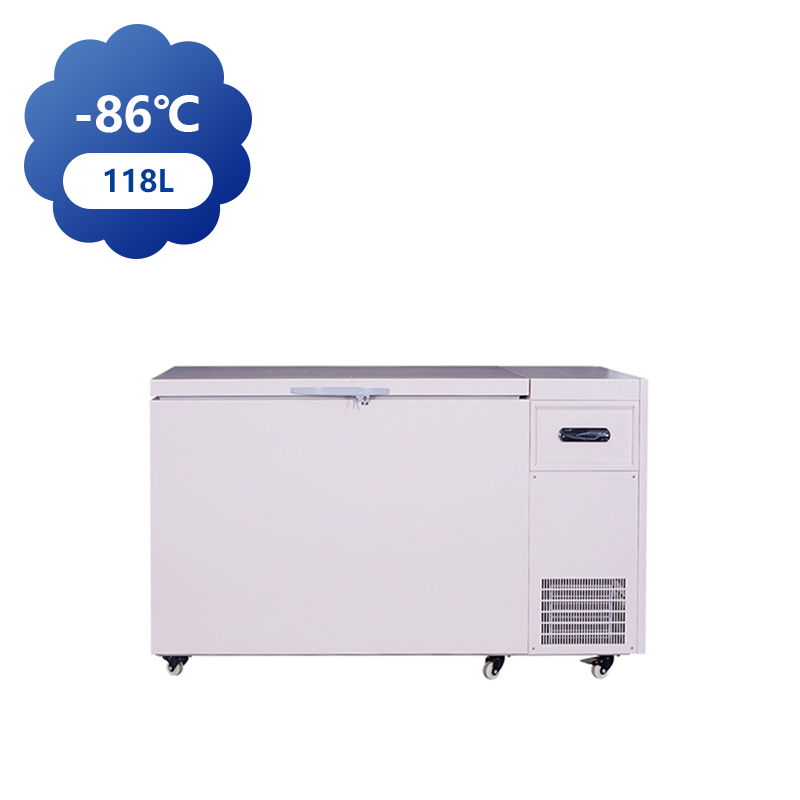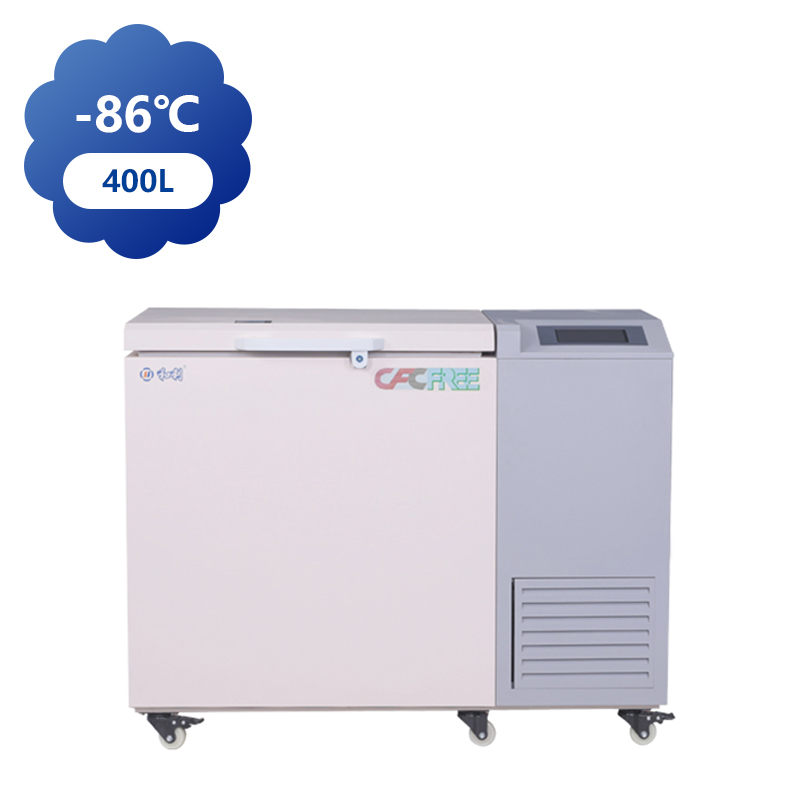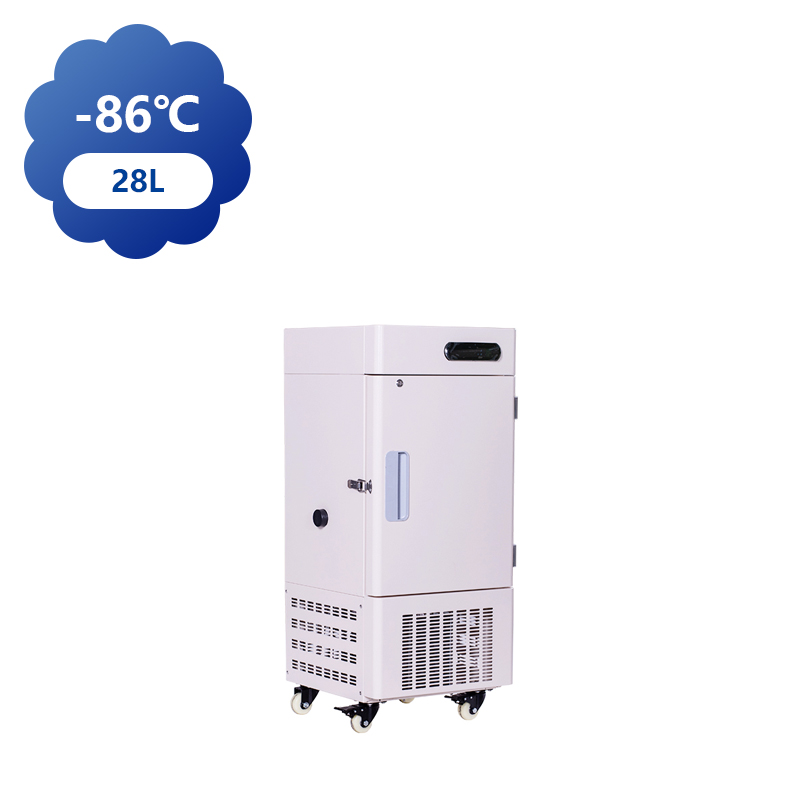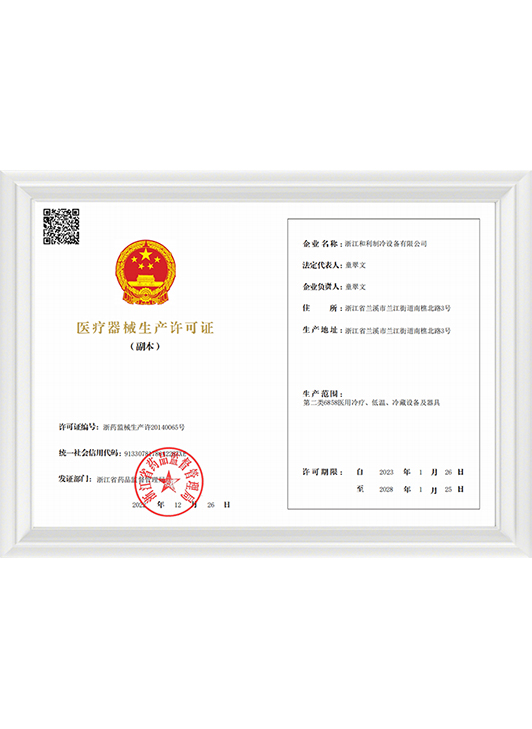You can contact to me using this form.
In sectors like healthcare and food delivery, maintaining ultra-low temperature conditions during transport is essential. Whether you're carrying vaccines, biological specimens, or premium frozen ingredients, you need robust cooling systems. That’s why combining a vehicle-integrated ULT Car Freezer with a complementary ULT Portable Freezer becomes an effective strategy. The ULT Car Freezer handles continuous transport conditions, while the ULT Portable Freezer provides flexibility at delivery or remote sites.
Why Medical & Food Storage Need Ultra-Low Transport Solutions
Medical and Food Cargo: Both Require Cold Chain Integrity
In medical logistics, maintaining cold chain integrity is vital for vaccines, blood products, biologics, and lab reagents. A minor temperature deviation during transport might compromise efficacy or safety. For food, especially premium frozen items or specialty foods like sashimi or molecular gastronomy packets, preserving texture and flavor also depends on strict temperature control.
When traditional refrigerated vehicles (e.g. 2 °C to –20 °C ranges) are not enough, ultra-low temperature solutions come into play. That’s where portable ULT car freezers become indispensable.
The Role of Portable ULT Car Freezers
Portable ULT car freezers bridge the gap between fixed lab freezers and stationary delivery units. They allow refrigeration continuity across the entire supply chain, from lab or kitchen through transit to final use. Integrating the ULT Car Freezer in the vehicle and pairing it with a ULT Portable Freezer at drop-off points ensures a seamless, ultra-cold environment all the way.
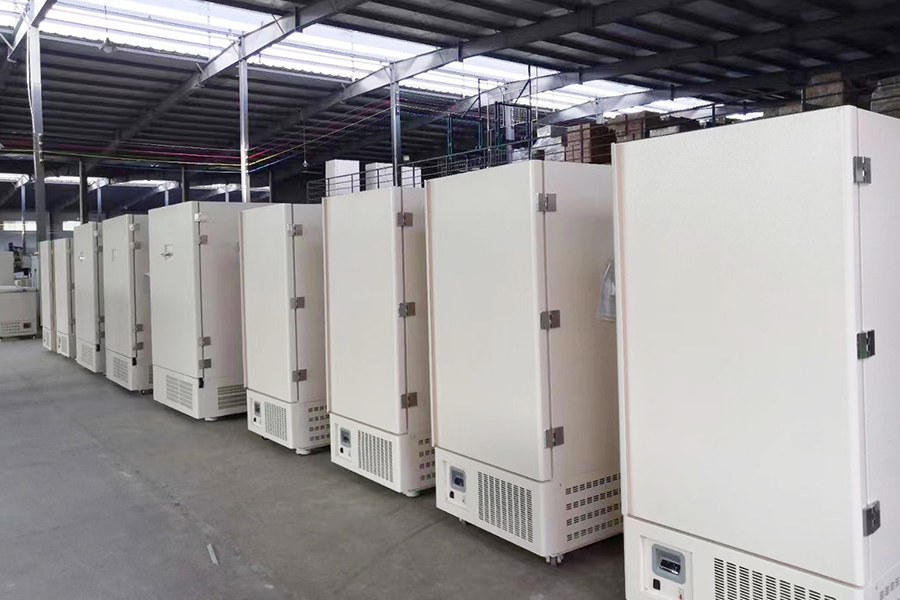
Key Features That Enable Portable ULT Car Freezers in Medical & Food Logistics
Here are design features that make these systems viable in real usage:
1. Ultra-Low Temperature Range & Stability
These systems must maintain stable ultra-low ranges (–60 °C to –86 °C, or lower) over long periods. Precision control ensures minimal drift even under fluctuating road or ambient conditions.
2. Rapid Recovery & Thermal Resilience
When doors are opened or when ambient temps spike, the system must recover quickly. That avoids risk to cargo. Thermal buffers or phase-change inserts help reduce sudden internal swings.
3. High-Performance Insulation
Using vacuum insulation panels, multi-layer insulation, and high-density foam minimizes heat ingress. That helps sustain temperature even during engine-off periods.
4. Redundancy & Safeguards
Dual cooling circuits, backup battery modes, and failover controls help guard against single-point failures—critical in medical or food logistics where failure means loss of payload.
5. Monitoring, Alarms & Data Logging
Systems must track temperature, power status, door status, and generate alarms or notifications in case of anomalies. Data logs with timestamps are often required for regulatory or quality audits.
6. Modular, Serviceable Design
Field serviceability is key. Modules like compressors, control boards, or sensors should be replaceable quickly. This minimizes downtime in mission-critical transport.
7. Compact, Robust Mechanical Structure
Vehicle-mounted freezers must be space-efficient, resistant to vibration, and compatible with vehicle architecture (mounting brackets, secure compartments).
Ideal Practices for Deployment & Operation
To ensure consistent performance, consider the following:
Pre-cool before loading
Run the portable and car freezers to setpoint before inserting cargo.
Minimize door openings
Plan load/unload sequences to reduce exposure.
Use buffer materials
Dry ice or phase-change inserts help absorb thermal shocks during transfer.
Monitor continuously
Utilize telemetry or alarms for early alerts.
Run stress tests
Simulate harsh ambient conditions, vibration, power interruptions to validate system resilience.
Maintain regularly
Check gaskets, clean filters, calibrate sensors, inspect modules.
Train operators
Ensure staff know responses to alarms, transfer protocols, and emergency modes.



 中文简体
中文简体 English
English Français
Français عربى
عربى +86-15988502726(wechat)
+86-15988502726(wechat)